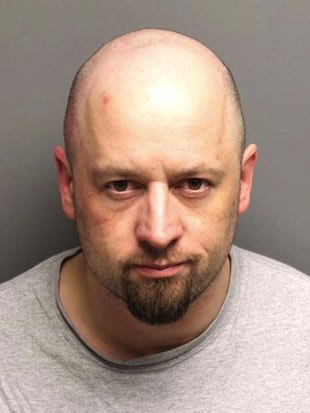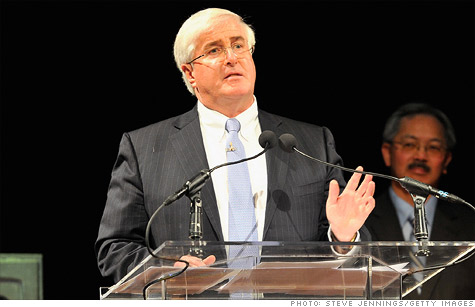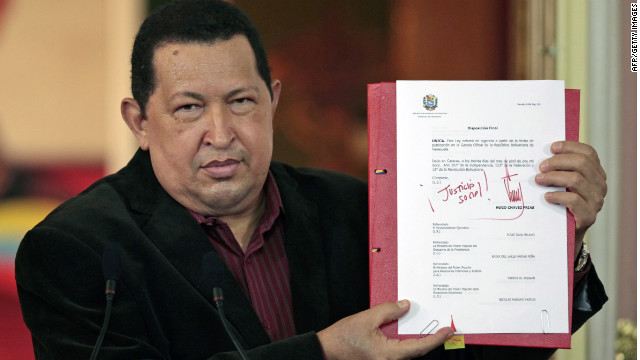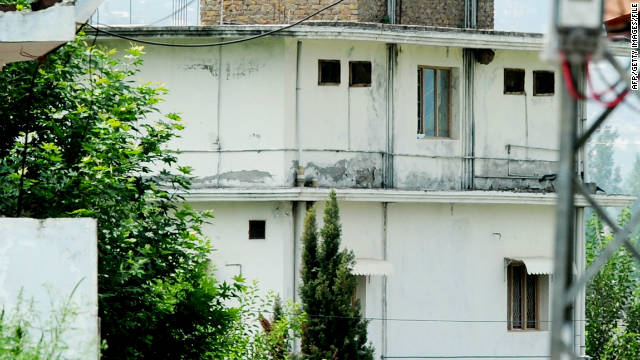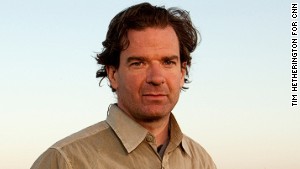 A revolution is required in our attitude to car parking, according to the author of a new book. He claims we are adrift in a "sea of asphalt" and calls on architects to design car parks which are more aesthetically pleasing and have less environmental impact.
A revolution is required in our attitude to car parking, according to the author of a new book. He claims we are adrift in a "sea of asphalt" and calls on architects to design car parks which are more aesthetically pleasing and have less environmental impact.There are an estimated 600 million cars in the world, a figure that's rapidly growing, especially in China and other "emerging markets".
They all need to park somewhere.
In the US, surface car parks take up land roughly about the size of Puerto Rico (which is 8,959 sq km or 3,459 sq miles), according to a new book by Eran Ben-Joseph, professor of landscape architecture and planning at Massachusetts Institute of Technology (MIT).
Land is plentiful in the US - except for some cities - and consequently parking lots take up huge amounts of space.
Shopping malls, cinemas, stadiums, factories and office complexes are surrounded by prairies of bitumen.
Many of them are deliberately designed for the busiest shopping day of the year, the day after Thanksgiving, which means they are often half-empty.
Prof Ben-Joseph says: "These places are just surrounded by a sea of asphalt."
In Europe, Japan and in US cities like New York and Boston, where land is at a premium, multi-storey car parks - or "parking garages" - are the preferred option.
In his book, ReThinking a Lot, Prof Ben-Joseph argues car parks should be more "environmentally responsible" and "aesthetically pleasing".
So what could be done to improve them?
Few multi-storey car parks are cultural assets, but these 10 examples of modernist architecture show there are occasions when architects excel themselves and create landmarks a city can be proud of.
Eric Kuhne, who designed the award-winning car park at Bluewater shopping centre, just outside London, said there was no excuse for drab parking lots, which he described as "insidious".
"At Bluewater there are two trees for every three cars and we chose trees which give a blindingly white blossom in the spring and iridescent leaves in the fall. The car parks become a sea of colour," said Mr Kuhne, who was born in the US but is now based in London.
Mr Kuhne says: "Too often parking lot design is perfunctory and ignominious when it could restore pageantry to our great cities."
He says they should be designed in such a way that they "honour the heroic routine" of driving, working and shopping.
In his book Prof Ben-Joseph says when the automobile was first invented they were usually parked by the kerb like the horses and wagons they would eventually replace.
The world's first parking lot is believed to have been built in 1917 in Los Angeles by a young Italian immigrant, Andrew Pansini.
The following year the La Salle Hotel in Chicago built the first parking garage on multiple levels.
Over the years there have been a number of developments - underground car parks, pay and display machines and most recently the advent of paying by mobile phone.
The first automated car park were developed in the US in the 1920s.
But robotic car parks really took off in Japan in the 1970s, especially in Tokyo which suffers from an acute shortage of land and needed to maximise the number of cars which could be stored at any one time.
The Cube, an office and apartment development in Birmingham, opened in 2010 and has installed an automated parking system which allows cars to "park themselves".
Please turn on JavaScript. Media requires JavaScript to play.
The robotics system is expensive - around £2m - but it allows for more cars to be crammed in.
New technology is also being used to try to solve the problem of driving around looking for a parking space.
A British company, Deteq, has invented a system of smart sensors which can be installed in car parks to enable the operators to know how many spaces they had and which times of day were most popular.
The managing director of Brighton-based Deteq, Adrian Bone, said: "We've also developed an app which would allow the motorist to find out where the nearest parking spaces were."
It has been known for years that asphalt soaking up the sun's rays contributes to the "urban heat island" phenomena which makes cities warmer than surrounding rural areas.
Now efforts are under way to harness that energy.
One such project is in Tempe, Arizona.
Parking lots can occasionally be places of culture. In New York the Shakespeare in the Lot project puts on the bard's plays for free in Manhattan's Lower East Side.
The project's artistic director, Hamilton Delancey, who has been involved for 11 years, said: "We set out about 50 plastic seats and people bring their own chairs and blankets and we usually get up to 250 for a performance. Parking lots can occasionally be places of culture.
"In New York the Shakespeare in the Parking Lot project puts on the bard's plays for free in a car park in Mae."
Mr Delancey, who is putting on The Merry Wives Of Windsor and Coriolanus this summer, said: "Sometimes it can quite get quite surreal. You could be staging Othello and a driver will come back to pick up their car and there's an audience surrounding it.
"But the actors will stop, step aside, everybody will move their chairs, the cars backs out, then the audience sits back down, the actor - still in character - carries on without missing a beat."
The so-called Lot 59 project has seen a five-acre parking lot at the Arizona State University's Sun Devils gridiron stadium covered with giant solar panels, which can produce 2.2 megawatts of electricity annually - enough to power 550 homes.
Bob Boscamp, one of the founders of the company behind the Power Parasol, said the design allows 23% of the light to get through, creating a "dappled" effect for motorists.
The Power Parasol will be formally unveiled this week.
Another Arizona company is pioneering the use of "nano-engineered colour coatings" on asphalt parking lots.
Sheri Roese, founder and CEO of Emerald Cities Cool Pavement, says: "Who decided that all roads and parking lots should be black?"
"It was the unintended consequence of advancement in the transportation industry since the 1800s, minus an understanding of how colour impacts the environment.
"Now we know hot black asphalt is contributing to urban heat."
The new coating was applied to a school parking lot in Phoenix.
Meanwhile scientists at the Lawrence Berkeley National Laboratory in California are working on developing reflective asphalt, which if used on parking lots could significantly reduce the amount of heat which is absorbed.
Another project which is in its early days, as reported recently in the Boston Business Journal, is a plan to create energy by heating water running in pipes beneath asphalt parking lots.
Mike Hulen, the founder of Novotech, the Massachusetts company behind it, has tried it out at a test site in Arizona and told the BBC: "Asphalt is a perfect black body and the idea is to trap the heat in it and remove it."
He has a number of patents pending in the field and is on the look-out for funding for the project.
The fate of one of Britain's most iconic car parks is symptomatic of a new architectural trend.
The Trinity Square car park in Gateshead, Tyneside, made an infamous cameo appearance in the cult film Get Carter, starring Michael Caine.
Built in the 1960s, it hulked over the centre of the town for years, but was eventually demolished in 2010 and is being replaced by a massive new development.
The £150m redevelopment, which will include a supermarket and accommodation for the nearby Northumbria University, is designed with a 700-space underground car park.
Underground car parks or car parks with buildings on top of them gobble up less land and can be designed to reduce environmental impact.
Do you have a favourite car park? Or one you loathe? Have you got suggestions for alternative activities for your local parking lot? Send us your comments on this story.



